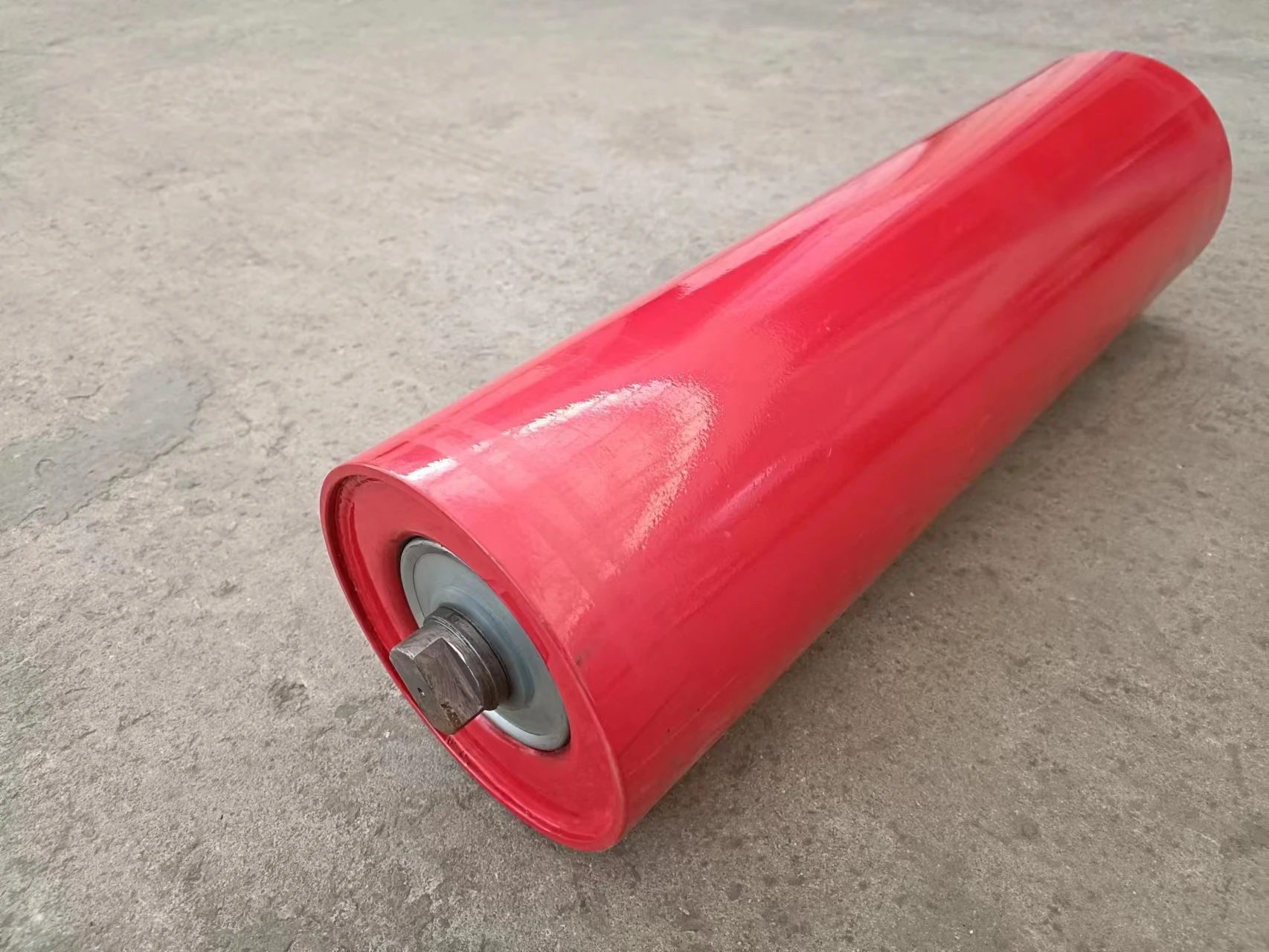 Afrikaans
Afrikaans  Albanian
Albanian  Amharic
Amharic  Arabic
Arabic  Armenian
Armenian  Azerbaijani
Azerbaijani  Basque
Basque  Belarusian
Belarusian  Bengali
Bengali  Bosnian
Bosnian  Bulgarian
Bulgarian  Catalan
Catalan  Cebuano
Cebuano  Corsican
Corsican  Croatian
Croatian  Czech
Czech  Danish
Danish  Dutch
Dutch  English
English  Esperanto
Esperanto  Estonian
Estonian  Finnish
Finnish  French
French  Frisian
Frisian  Galician
Galician  Georgian
Georgian  German
German  Greek
Greek  Gujarati
Gujarati  Haitian Creole
Haitian Creole  hausa
hausa  hawaiian
hawaiian  Hebrew
Hebrew  Hindi
Hindi  Miao
Miao  Hungarian
Hungarian  Icelandic
Icelandic  igbo
igbo  Indonesian
Indonesian  irish
irish  Italian
Italian  Japanese
Japanese  Javanese
Javanese  Kannada
Kannada  kazakh
kazakh  Khmer
Khmer  Rwandese
Rwandese  Korean
Korean  Kurdish
Kurdish  Kyrgyz
Kyrgyz  Lao
Lao  Latin
Latin  Latvian
Latvian  Lithuanian
Lithuanian  Luxembourgish
Luxembourgish  Macedonian
Macedonian  Malgashi
Malgashi  Malay
Malay  Malayalam
Malayalam  Maltese
Maltese  Maori
Maori  Marathi
Marathi  Mongolian
Mongolian  Myanmar
Myanmar  Nepali
Nepali  Norwegian
Norwegian  Norwegian
Norwegian  Occitan
Occitan  Pashto
Pashto  Persian
Persian  Polish
Polish  Portuguese
Portuguese  Punjabi
Punjabi  Romanian
Romanian  Russian
Russian  Samoan
Samoan  Scottish Gaelic
Scottish Gaelic  Serbian
Serbian  Sesotho
Sesotho  Shona
Shona  Sindhi
Sindhi  Sinhala
Sinhala  Slovak
Slovak  Slovenian
Slovenian  Somali
Somali  Spanish
Spanish  Sundanese
Sundanese  Swahili
Swahili  Swedish
Swedish  Tagalog
Tagalog  Tajik
Tajik  Tamil
Tamil  Tatar
Tatar  Telugu
Telugu  Thai
Thai  Turkish
Turkish  Turkmen
Turkmen  Ukrainian
Ukrainian  Urdu
Urdu  Uighur
Uighur  Uzbek
Uzbek  Vietnamese
Vietnamese  Welsh
Welsh  Bantu
Bantu  Yiddish
Yiddish  Yoruba
Yoruba  Zulu
Zulu Understanding the Key Features and Functions of Conveyor Components
Understanding Conveyor Components The Backbone of Efficient Material Handling
In today's fast-paced industrial landscape, the need for efficient material handling systems has never been more critical. Conveyor systems, a cornerstone of modern logistics and manufacturing operations, have revolutionized the way products are moved from one point to another. At the heart of these systems are various conveyor components, each playing a vital role in ensuring that materials are transported safely and effectively. In this article, we will explore the key conveyor components, their functions, and their importance in facilitating seamless operations.
1. Belts
One of the most recognizable parts of any conveyor system is the belt. Conveyor belts can be made from several materials, including rubber, plastic, and metal, depending on the application requirements. They are designed to transport materials and products horizontally or at an incline. The choice of belt material and design is critical, as it affects the system's overall efficiency, load capacity, and durability. For instance, a heavy-duty rubber belt may be used for transporting bulky items in a mining operation, while a slick plastic belt may be more suitable for moving lightweight packages in a warehouse setting.
2. Rollers
Rollers are essential components that support the conveyor belt and aid in its movement. They are typically mounted on frames and help facilitate the movement of the belt by reducing friction. Rollers come in various types, including idler rollers, which support the belt's weight, and drive rollers, which are powered to move the belt. The diameter and material of the rollers can significantly impact the system's efficiency; larger rollers can handle heavier loads, while those made of durable materials can withstand wear and tear over time.
3. Motors and Drives
Motors and drives are the powerhouses of conveyor systems. The motor provides the necessary energy to drive the rollers and move the belt. Depending on the design of the conveyor system, this can involve several configurations, such as direct drives, gear reducers, or variable frequency drives (VFDs). The choice of motor will depend on the required speed, load capacity, and operating environment. For example, a VFD allows for adjustable speeds, enabling more flexibility in material handling processes, which is especially beneficial in applications where product flow varies.
conveyor component

4. Chassis and Frames
The chassis and frames are the structural elements that support the entire conveyor system. They ensure stability and allow for easy installation and integration into existing operations. Typically made from steel or aluminum, the frames must be designed to withstand various loads while providing the necessary support to the conveyor belt and its components. Proper frame design takes into account not only the weight of the materials being transported but also the dynamic forces generated during operation.
Modern conveyor systems are increasingly being integrated with advanced sensors and control systems, contributing to heightened efficiency and safety. Sensors can detect the presence of products on the conveyor, monitor speed and direction, and even analyze the belt's condition. Control systems can automate various functions, including starting and stopping the belt, adjusting speeds, and integrating with other equipment, such as sorting machines or robotic arms. This level of automation can greatly reduce the need for manual oversight, leading to faster operations and reduced labor costs.
6. Safety Features
Safety is paramount in any industrial setting, and conveyor systems are no exception. Various safety features can be integrated into conveyor components, including emergency stop buttons, safety guards, and light curtains. These elements work together to protect workers from potential hazards associated with moving parts and heavy loads. Ensuring that these safety mechanisms are functional and compliant with regulatory standards is essential to maintaining a safe work environment.
Conclusion
Conveyor components are integral to the efficiency and reliability of material handling systems across various industries. Understanding the roles of belts, rollers, motors, frames, sensors, and safety features allows businesses to optimize their conveyor systems for peak performance. As technology continues to evolve, the future of conveyor systems promises even more innovative solutions to enhance material handling, meet increasing consumer demands, and improve operational efficiency. Whether in manufacturing, logistics, or distribution, the significance of conveyor components cannot be overstated; they are, indeed, the backbone of modern workflows.
-
Revolutionizing Conveyor Reliability with Advanced Rubber Lagging PulleysNewsJul.22,2025
-
Powering Precision and Durability with Expert Manufacturers of Conveyor ComponentsNewsJul.22,2025
-
Optimizing Conveyor Systems with Advanced Conveyor AccessoriesNewsJul.22,2025
-
Maximize Conveyor Efficiency with Quality Conveyor Idler PulleysNewsJul.22,2025
-
Future-Proof Your Conveyor System with High-Performance Polyurethane RollerNewsJul.22,2025
-
Driving Efficiency Forward with Quality Idlers and RollersNewsJul.22,2025





























